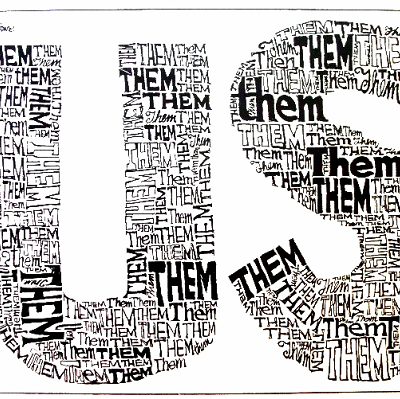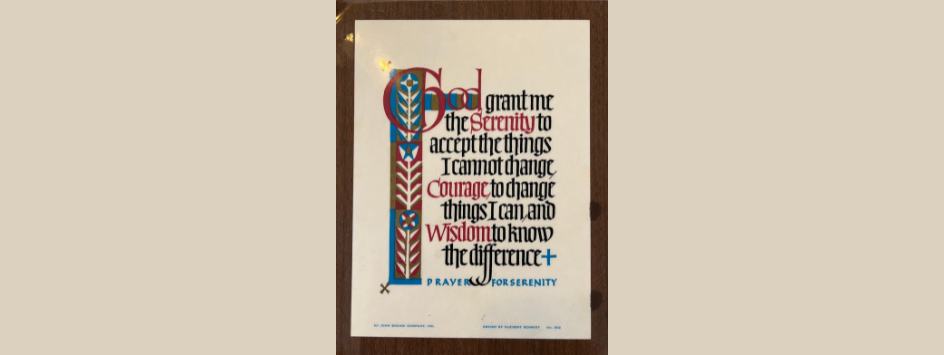In last week’s Ezra Klein Show for The New York Times, Klein interviews Cal Newport about his new book, A World Without Email. Worth listening to.
Most of us are familiar with the damage that constant multitasking on digital devices can do to our brains and our ability to focus. Newport refers to the ad hoc unstructured back and forth digital messaging on email, IM, and other digital tools, as the hyperactive hive mind. It not only lowers our cognitive function, it also creates anxiety and makes us miserable. Well, that’s compelling.
Bottom line, these technological innovations haven’t increased productivity, despite the hype.
Newport talks about the coining of the term “knowledge work” by Peter Drucker, the famous management consultant. Drucker professed that knowledge workers need autonomy. “Tell knowledge workers what the objectives are and let them figure out how to do the work.”
That autonomy is in sharp contrast to the detailed engineering done for workflows in manufacturing. Newport calls this the autonomy trap where people who run companies, and managers, believe it’s not their job to tell people how to organize work. They leave it up to individuals. Unfortunately, that lack of direction can result in people living in the hyperactive hive mind, responding constantly to often lower-level requests and not organizing their work to ensure the more important stuff gets done efficiently.
I’m fascinated with this concept. I’ve been a productivity junkie for years, but I have still struggled with managing my emails and taming the physical paperwork and stuff that can pile up. It’s hard to identify the most important work to do when you’re staring at a full email box and a pile of paperwork, not sure what important item may be lost in the clutter.
In the last three weeks, I have cracked the nut on managing my emails and my stuff. It’s a 2021 goal for me and I am thrilled to say I’ve been able to achieve an empty email box at least once a week, taking time to process, reduce the flow, and identify the important items I need to address right away, while also clearing my mind to focus on the bigger picture. It’s a slice of productivity nirvana.
Several smart people HAVE engineered systems for knowledge workers. The most prominent is Getting Things Done by David Allen. There are several others, but Allen’s approach is the most comprehensive. A softer entry to Allen’s work can be found in the Steps to Everyday Productivity (STEP) program by LearnDoBecome.com. I am immersed in both programs right now and am truly benefiting.
Newport says we’re on track for a breakthrough in workplace productivity and improved workflow. He professes the solution comes in identifying specific work processes and designing them in a way that reduces unscheduled back and forth communication. The key metric to focus on when redesigning processes is to reduce the back-and-forth messages. Put the focus on the processes by which information moves and decisions are made. I look forward to learning more once I read the book.
In the meantime, I’m going to talk with my leadership team about how we can support our employees with workflow best practices and improve our processes as a company with the goal of reducing the asynchronistic digital back and forth madness.
Wishing you smooth and efficient work and life flow,
Barbara Fagan-Smith
CEO, ROI
Chief Catalyst, Living ROI
P.S. I recommend this comprehensive article on the future of physical workplaces from The New Yorker: Has the Pandemic Transformed the Office Forever?









